- Why Pruning is Important for Bush Roses
- When to Prune Bush Roses
- 1. Pruning in spring:
- 2. Pruning after flowering:
- 3. Pruning in autumn:
- Tools Needed for Pruning Bush Roses
- 1. Pruning Shears
- 2. Loppers
- 3. Pruning Saw
- 4. Gloves
- 5. Protective Eyewear
- 6. Disinfectant Spray or Solution
- Step-by-Step Guide to Pruning Bush Roses
- 1. Choose the Right Time
- 2. Gather Your Tools
- 3. Remove Dead or Diseased Wood
- 4. Prune Crossing Branches
- 5. Shape the Bush
- 6. Prune for Size Control
- 7. Clean Up and Disinfect
- 8. Provide Follow-Up Care
- Importance of Fertilization for Bush Roses
- Types of Fertilizers
- When to Fertilize
- How to Apply Fertilizer
- Additional Tips
- When and How to Fertilize Bush Roses
- 1. Timing
- 2. Choosing the Right Fertilizer
- 3. Applying the Fertilizer
- 4. Repeat Application
- 5. Mulching
- 6. Monitoring and Adjusting
- The Benefits of Covering the Root System of Bush Roses during Winter
- How to Properly Cover the Root System of Bush Roses for Winter
- 1. Clean the area around the base of the rose bush
- 2. Build a mound of soil around the base of the rose bush
- 3. Mulch the soil mound
- 4. Protect the top of the rose bush
- 5. Remove the covering in spring
- Questions and Answers:
- When is the best time to prune bush roses?
- How much should I prune off my bush roses?
- What tools do I need for pruning bush roses?
- Should I fertilize my bush roses before winter?
- How should I cover the root system of my bush roses for winter?
- Can I prune my bush roses in the fall?
- What are some signs that my bush roses need pruning?
- Videos: How to Prepare Your Roses For Winter
As the cold weather approaches, it’s important to start preparing your bush roses for winter. Pruning and fertilization are essential tasks to ensure the health and vitality of your plants during the dormant season. In this article, we will provide you with some valuable tips on how to properly prune your bush roses and fertilize them for optimal growth and bloom in the coming spring.
Pruning is a critical step in maintaining the shape and size of your bush roses. It helps remove dead or diseased wood, promotes air circulation within the plant, and stimulates new growth. To begin, sharpen your pruning shears and gather a pair of gloves to protect your hands from thorns. Start by removing any dead or damaged branches, cutting them back to healthy wood. Next, remove any crossing or crowded branches to create an open and airy structure. Make sure to cut just above an outward-facing bud or a five-leaflet leaf to encourage healthy regrowth.
Once you have pruned your bush roses, it’s time to fertilize them for the winter. Winter fertilization is crucial for the root system to store up nutrients and energy during the dormant period. Choose a slow-release fertilizer specifically formulated for roses and apply it around the base of the plant. Follow the manufacturer’s instructions for the recommended dosage and frequency of application. Water the fertilizer in thoroughly to ensure it reaches the roots.
In addition to pruning and fertilizing, covering the root system of your bush roses is another way to protect them from the harsh winter conditions. Insulating the roots helps prevent frost damage and keeps the plant healthy. You can use organic mulch, such as straw or wood chips, to cover the soil around the base of the plant. Apply a layer of mulch that is about 2 to 4 inches thick, making sure to leave a small space around the stem to prevent rot. Mulching also helps retain moisture and suppresses weed growth.
By following these pruning and winter preparation tips, you can ensure that your bush roses stay healthy and vibrant throughout the winter months. Proper pruning promotes new growth, while fertilization and root system covering provide the necessary nutrients and protection for the plant. With a little care and attention, your bush roses will reward you with beautiful blooms come springtime.
Why Pruning is Important for Bush Roses
Pruning is an essential practice for maintaining the health and vitality of bush roses. It involves the careful removal of dead, damaged, and diseased wood, as well as the shaping and thinning of the plant to promote optimal growth and flowering.
Promotes Growth
Pruning stimulates new growth by removing old and unproductive wood. By cutting back the branches, the plant invests its energy into producing new shoots and blooms. This results in a more compact and vigorous bush that is better able to resist diseases and pests.
Enhances Air Circulation
Thinning out the branches allows for improved air circulation within the plant, reducing the risk of fungal diseases such as powdery mildew and black spot. Good air circulation also helps to prevent the build-up of moisture on the leaves, which can lead to rot and other fungal infections.
Shapes the Plant
Pruning is an effective way to shape the bush rose and maintain its desired form. By removing unwanted branches and canes, gardeners can create a balanced and aesthetically pleasing plant. Pruned roses also tend to have a neater appearance and can be more easily trained onto structures such as trellises or arbors.
Increases Flowering
Regular pruning promotes abundant and continuous flowering. By removing spent blooms and cutting back the stems, the plant is encouraged to produce new flowers. Pruning also helps to redirect the plant’s energy towards the development of larger and more vibrant blooms.
Identifies and Treats Problems
During the pruning process, gardeners can closely examine the rose bush for signs of disease or infestations. By removing affected wood and promptly treating any issues, they can prevent the spread of diseases and ensure the plant’s overall health.
Overall, pruning is a vital aspect of caring for bush roses. Its benefits include promoting growth, enhancing air circulation, shaping the plant, increasing flowering, and identifying and treating problems. By incorporating regular pruning into your rose care routine, you can help your bush roses thrive and enjoy their full blooming potential.
When to Prune Bush Roses
Pruning is an essential task for maintaining the health and appearance of bush roses. The timing of pruning depends on the specific type of rose and the climate in which it is grown. Understanding when to prune your bush roses will ensure that you achieve the best possible results.
1. Pruning in spring:
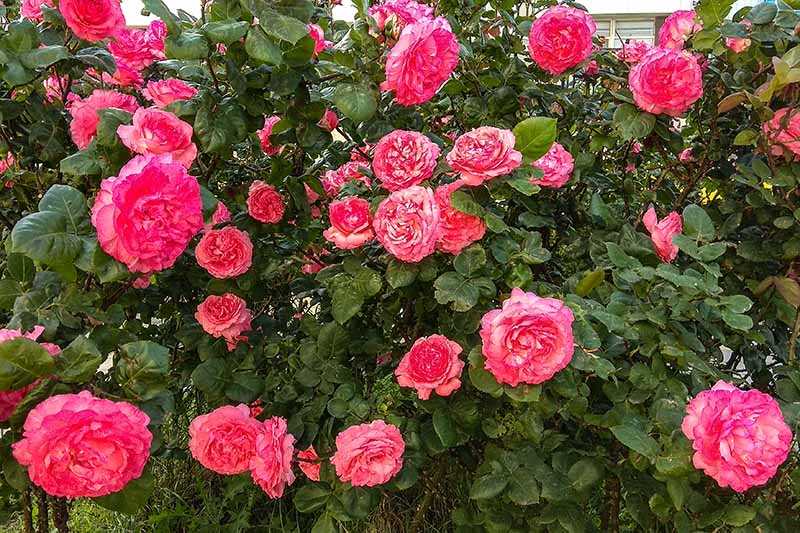
- For most bush roses, the ideal time to prune is in late winter or early spring.
- Wait until the worst of the winter weather has passed and there are no more frosty nights.
- Pruning in spring allows the roses to grow vigorously and produce abundant blooms throughout the growing season.
2. Pruning after flowering:
- Some bush roses, such as repeat-flowering varieties, can be pruned after each flush of blooms.
- Once the flowers have faded and the petals have fallen, you can trim back the spent blooms to encourage new growth and further flower production.
- This type of pruning helps to maintain the shape and size of the bush rose and keeps it looking tidy and healthy.
3. Pruning in autumn:
- In warmer climates or regions with mild winters, bush roses can be pruned in autumn.
- Pruning in autumn helps to shape the rose bushes and prepare them for the coming winter.
- Remove any dead, damaged, or diseased branches, as well as any long, straggly shoots.
- Leaving the rose bushes slightly unpruned in autumn can provide some protection to the plant during colder winter months.
It’s important to note that not all bush roses require heavy pruning. Some varieties, such as shrub roses, may only need light pruning or shaping to maintain their natural form. Always consider the specific needs of your roses and consult local gardening resources for advice tailored to your region and climate.
Tools Needed for Pruning Bush Roses
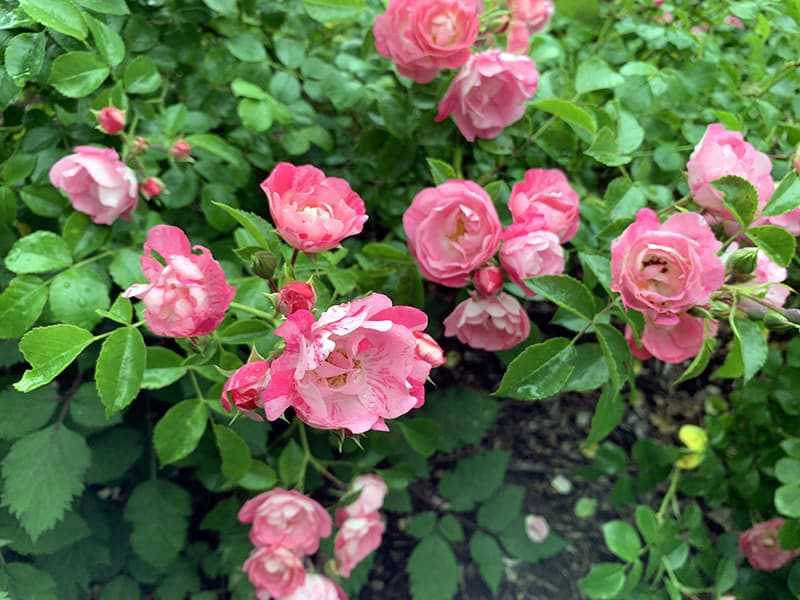
Proper pruning of bush roses is essential for promoting healthy growth and abundant blooming. To effectively prune your roses, you will need a few essential tools:
1. Pruning Shears
Pruning shears, also known as hand pruners or secateurs, are the most important and commonly used tool for rose pruning. They are used to make clean, precise cuts on stems and branches. Look for pruning shears with a bypass cutting action, as they provide a cleaner cut and minimize damage to the plant.
2. Loppers
Loppers are larger pruning shears with long handles, designed for cutting thicker branches. They can be useful for pruning established rose bushes with thicker stems.
3. Pruning Saw
A pruning saw is a tool with a serrated blade used for cutting larger branches that cannot be easily pruned with pruning shears or loppers. It is especially useful for removing old, woody canes from rose bushes.
4. Gloves
Wearing gloves is essential for protecting your hands from thorns and other sharp objects while pruning roses. Choose gloves that are durable and thick enough to provide adequate protection.
5. Protective Eyewear
Pruning roses involves working with sharp tools and branches that can potentially cause eye injuries. Wearing protective eyewear, such as safety glasses or goggles, is recommended to prevent any accidents.
6. Disinfectant Spray or Solution
Disinfecting your pruning tools between cuts is important for preventing the spread of diseases from one plant to another. Use a disinfectant spray or solution designed for gardening purposes to clean your tools and prevent any potential infections.
Having these essential tools readily available will ensure that you can properly and safely prune your bush roses, promoting their health and enhancing their overall beauty.
Step-by-Step Guide to Pruning Bush Roses
Pruning is an important task for maintaining the health and beauty of your bush roses. Proper pruning helps to stimulate new growth, improve air circulation, and remove dead or diseased branches. Follow this step-by-step guide to prune your bush roses effectively:
1. Choose the Right Time
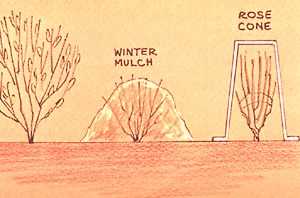
Pruning of bush roses is typically done during the dormant season, which is usually in late winter or early spring. It is important to wait until all threat of frost has passed before pruning. This allows the plant to recover from pruning and prevents any damage from freezing temperatures.
2. Gather Your Tools
Before you begin pruning, make sure to gather the necessary tools. This includes gloves, pruning shears, loppers (for thicker branches), and a pruning saw (for larger branches).
3. Remove Dead or Diseased Wood
Start by inspecting your bush roses for any dead or diseased wood. Dead wood is usually dry and brittle, while diseased wood may show signs of discoloration or cankers. Use your pruning shears or loppers to remove these branches, cutting them back to healthy tissue.
4. Prune Crossing Branches
Next, identify any branches that are crossing or rubbing against each other. These branches can cause damage and prevent adequate air circulation. Use your pruning shears to remove one of the crossing branches, choosing the one that is less desirable or weaker.
5. Shape the Bush
To maintain a desired shape and promote new growth, selectively prune branches to create an open and airy structure. Remove any branches that are growing towards the center of the bush or crossing other branches. Leave at least three to five main branches to form the framework of the bush.
6. Prune for Size Control
If your bush roses have become overgrown, you may need to prune them for size control. Use your pruning shears or loppers to reduce the height and width of the bush. Make the cuts just above a bud or leaf junction.
7. Clean Up and Disinfect
After pruning, make sure to clean up any debris and dead branches from around the bush. This helps to reduce the risk of pest and disease problems. Additionally, it is a good practice to disinfect your pruning tools with a mixture of bleach and water to prevent the spread of diseases.
8. Provide Follow-Up Care

Once you have finished pruning your bush roses, provide them with follow-up care. This includes applying a layer of mulch around the base of the plant to retain moisture and suppress weeds. Additionally, consider applying a slow-release granular fertilizer to provide the roses with the necessary nutrients.
By following this step-by-step guide to pruning bush roses, you can help ensure the health and vitality of your plants, and enjoy beautiful blooms throughout the growing season. Remember to always use sharp, clean tools, and prune with a purpose for the best results.
Importance of Fertilization for Bush Roses
Proper fertilization is essential for the health and vitality of bush roses. By providing the necessary nutrients, you can enhance their growth, promote abundant blooms, and strengthen their resistance to diseases and pests.
Types of Fertilizers
There are various types of fertilizers available for bush roses, including organic and synthetic options. Organic fertilizers, such as compost or manure, provide slow-release nutrients and improve the soil structure. Synthetic fertilizers, on the other hand, offer quick-release nutrients and can be tailored to address specific deficiencies.
When to Fertilize
It is important to fertilize bush roses at the right time to maximize their benefits. The first application should be done in early spring, when the plants start to show signs of growth. Subsequent applications can be made at regular intervals throughout the growing season, typically every 4 to 6 weeks. It is important to stop fertilizing 6 to 8 weeks before the first expected frost to allow the plants to harden off before winter.
How to Apply Fertilizer
The method of fertilizer application will depend on the type of fertilizer you are using. Granular fertilizers can be spread evenly around the base of each bush, keeping the granules away from the stems. Liquid fertilizers can be applied by mixing them with water and pouring the solution around the plants. Always follow the instructions on the fertilizer packaging for the correct application rates.
Additional Tips
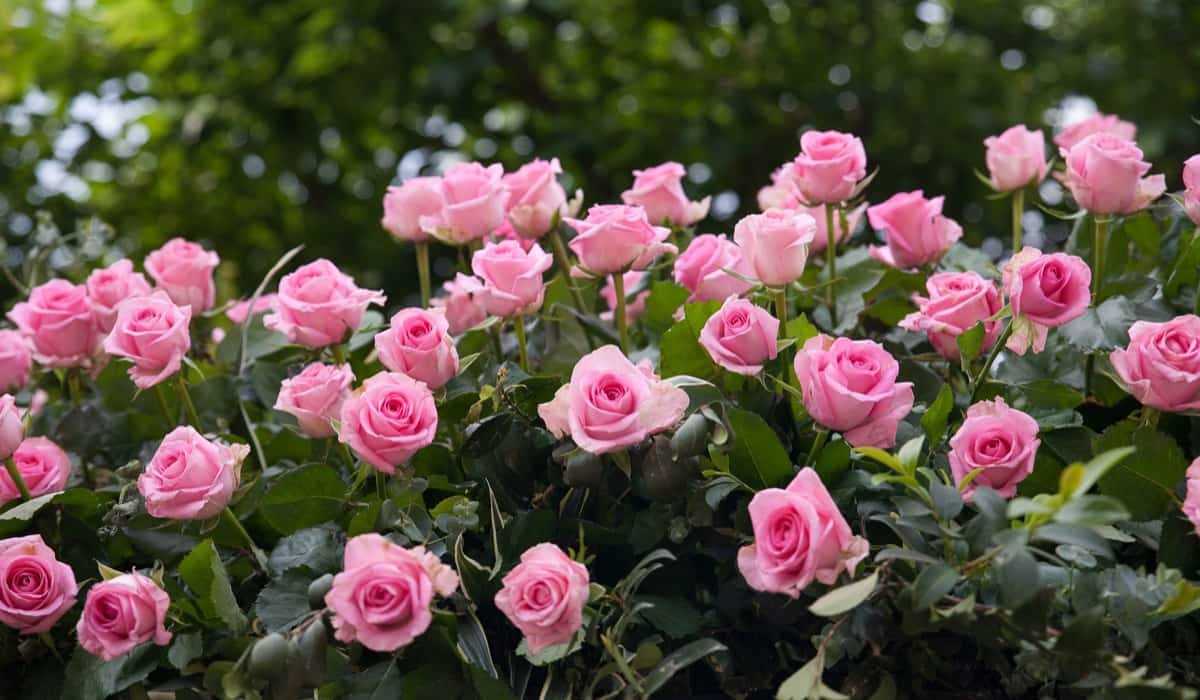
- Water the plants thoroughly after fertilizing to help the nutrients reach the root system.
- Avoid overfertilizing, as excessive nutrients can lead to weak growth and increased susceptibility to diseases.
- Consider conducting a soil test before fertilizing to determine any nutrient deficiencies and adjust the fertilizer accordingly.
- Regularly monitor the condition of the plants and adjust the fertilization schedule if necessary.
- Remove any weeds around the rose bushes to reduce competition for nutrients.
By providing adequate fertilization, you can ensure that your bush roses remain healthy and vibrant, producing beautiful blooms year after year.
When and How to Fertilize Bush Roses
Fertilizing bush roses is an important part of their care routine as it provides them with the necessary nutrients to grow and bloom. Knowing when and how to fertilize your bush roses can help ensure their health and vitality. Here are some tips to help you fertilize your bush roses effectively.
1. Timing
It is best to fertilize your bush roses in early spring, just as new growth begins to emerge. This is usually around March or April, depending on your location. Fertilizing at this time will give the roses a boost of nutrition as they start their growing season.
2. Choosing the Right Fertilizer
When selecting a fertilizer for your bush roses, it is important to choose one that is specifically formulated for roses. These fertilizers usually have a balanced ratio of nitrogen, phosphorus, and potassium (NPK) which are essential for healthy growth and blooms. Look for a fertilizer with an NPK ratio of around 10-10-10 or 12-12-12.
3. Applying the Fertilizer
When applying the fertilizer, it is best to follow the instructions on the packaging. Typically, you will sprinkle the fertilizer evenly around the base of the rose bush, making sure to keep it at least 6 inches away from the stems. Then, lightly work the fertilizer into the top layer of soil, being careful not to damage the roots. Finally, water the area thoroughly to help the fertilizer penetrate the soil.
4. Repeat Application

For optimal results, it is recommended to repeat the fertilizer application every 4-6 weeks during the growing season. This will provide a steady supply of nutrients to the roses as they continue to grow and bloom.
5. Mulching
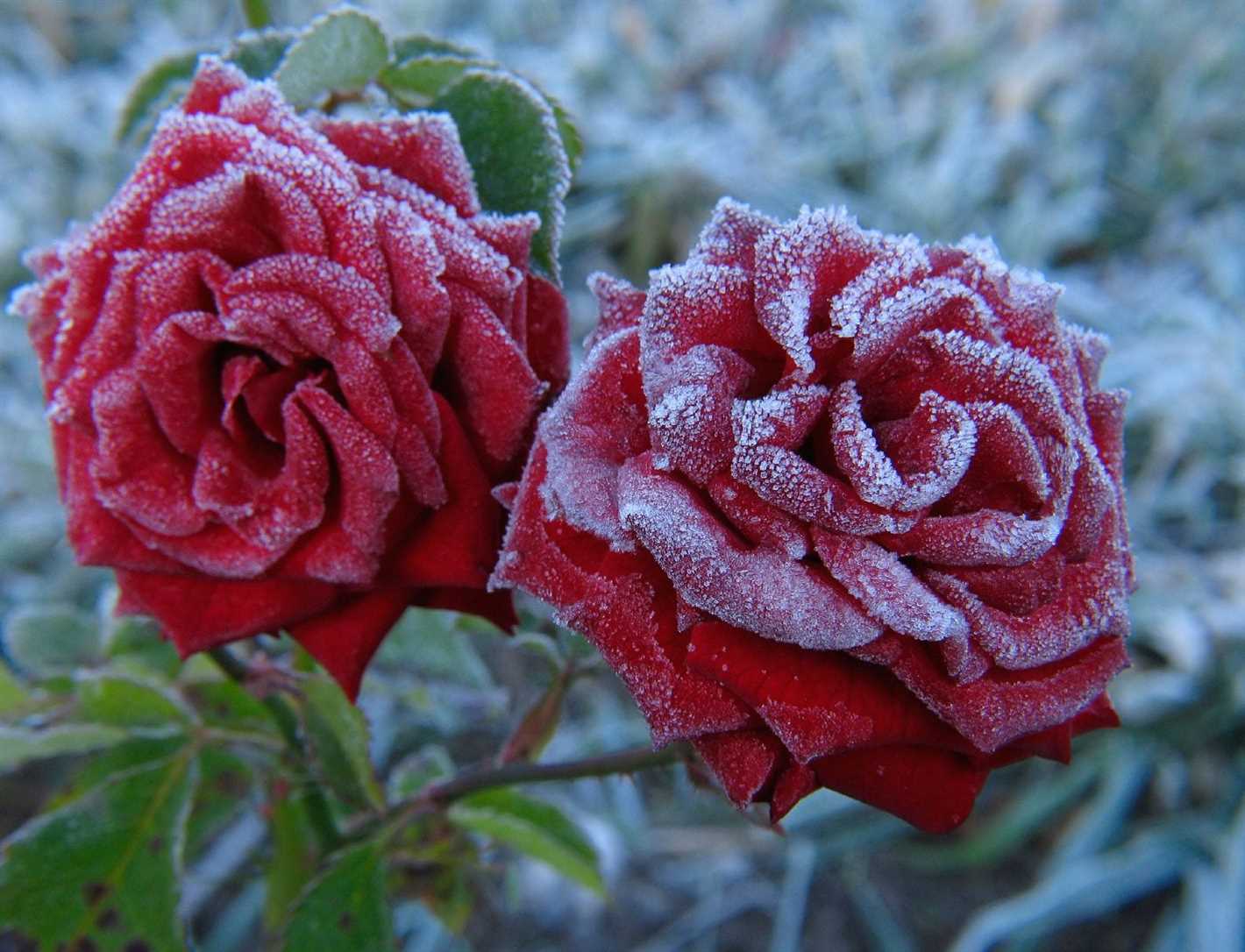
In addition to fertilizing, you can also supplement the nutrition of your bush roses by applying a layer of organic mulch around the base of the plant. This will help retain moisture in the soil, control weeds, and provide slow-release nutrients as the mulch breaks down.
6. Monitoring and Adjusting
It is important to monitor the health of your bush roses and adjust the fertilizer application as needed. If you notice signs of nutrient deficiency, such as yellowing leaves or lack of blooms, you may need to increase the frequency of fertilization or switch to a different type of fertilizer.
By following these guidelines, you can ensure your bush roses receive the proper fertilization they need to thrive and produce beautiful blooms. Remember to always read the instructions on the fertilizer packaging and consider the specific needs of your roses when fertilizing.
The Benefits of Covering the Root System of Bush Roses during Winter
During harsh winter weather, it is important to protect the root system of bush roses. By covering the root system, you can provide several benefits for the roses, ensuring their survival and promoting healthy growth in the following spring. Here are some of the key benefits of covering the root system of bush roses:
- Protection from freezing temperatures: By covering the root system, you can create a barrier that insulates the roots from extreme cold. This helps prevent damage to the roots and ensures their survival during freezing temperatures.
- Prevention of frost heaving: Frost heaving occurs when the soil repeatedly freezes and thaws, causing the plant to be lifted out of the ground. By covering the root system, you can help stabilize the soil and prevent frost heaving, which can be damaging to the roses.
- Reduced moisture loss: Covering the root system can help reduce moisture loss from the soil. This is especially important in areas with dry winter climates, where the soil can easily dry out. By retaining moisture, you can ensure that the root system remains hydrated and in optimal condition.
- Prevention of weed growth: Covering the root system with a layer of mulch can help suppress weed growth. Weeds compete with the roses for nutrients and water, and by preventing their growth, you allow the roses to receive the full benefits of the fertilization and watering efforts.
- Protection from pests: Some pests, such as mice and rabbits, may be attracted to the roses during winter. By covering the root system, you can create a barrier that deters these pests from accessing the roots and causing damage.
In conclusion, covering the root system of bush roses during winter provides essential protection and ensures their survival and healthy growth in the following spring. By providing insulation, stability, moisture retention, weed suppression, and pest prevention, you can help your roses thrive and bloom beautifully when the warmer months arrive.
How to Properly Cover the Root System of Bush Roses for Winter
As winter approaches, it is important to protect the root system of your bush roses to ensure their survival during the cold months. Properly covering the root system will help insulate the roots and prevent them from freezing or being damaged by harsh weather conditions.
1. Clean the area around the base of the rose bush
Before covering the root system, it is essential to remove any fallen leaves or debris from around the base of the rose bush. This will prevent pests and diseases from harboring in the area and potentially causing damage to the roots.
2. Build a mound of soil around the base of the rose bush
To cover the root system, create a mound of soil around the base of the rose bush. The mound should be approximately 8-12 inches high and should gradually taper down towards the outside. This will help to channel water away from the rose bush and prevent it from pooling around the roots.
3. Mulch the soil mound
Once the soil mound is in place, cover it with a layer of mulch. This can be organic materials such as straw, wood chips, or shredded leaves. The mulch will help to insulate the soil and maintain a more stable temperature around the root system.
4. Protect the top of the rose bush
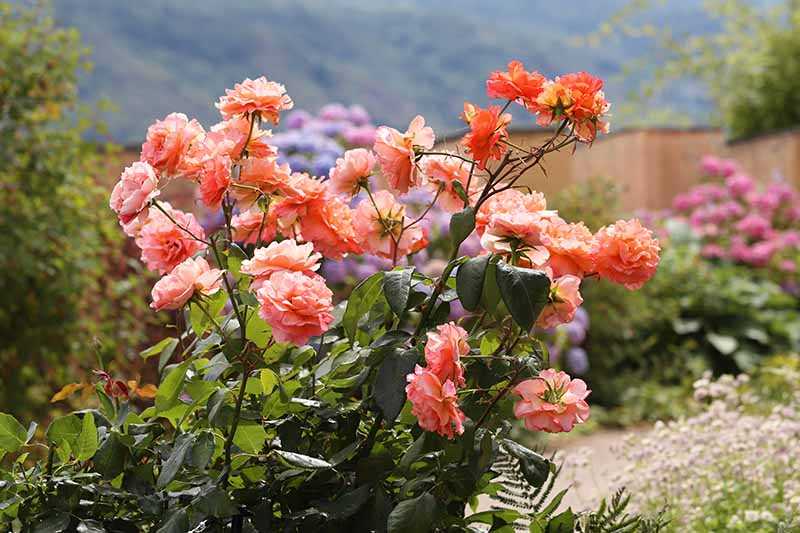
In addition to covering the root system, it is also important to protect the top of the rose bush during winter. This can be done by tying the canes together and wrapping them with burlap or using a specialized rose cone. These measures will help prevent winter damage to the exposed parts of the bush.
5. Remove the covering in spring
It is important to remove the covering from the root system and the top of the rose bush in spring when the danger of frost has passed. Leaving the covering on for too long can cause moisture buildup and create favorable conditions for disease development.
By following these steps, you can properly cover the root system of your bush roses for winter and help ensure their survival until the arrival of spring.
Questions and Answers:
When is the best time to prune bush roses?
The best time to prune bush roses is in late winter or early spring, before new growth begins.
How much should I prune off my bush roses?
You should prune off about one-third to one-half of the height of your bush roses. This will help promote new growth and improve air circulation.
What tools do I need for pruning bush roses?
For pruning bush roses, you will need a pair of sharp pruning shears or loppers. It is also helpful to have a pair of gardening gloves to protect your hands from thorns.
Should I fertilize my bush roses before winter?
Yes, it is recommended to fertilize bush roses before winter to help promote root growth and overall plant health. Use a balanced fertilizer with a ratio of 10-10-10 or similar.
How should I cover the root system of my bush roses for winter?
To cover the root system of bush roses for winter, you can use a layer of mulch or compost. This will help insulate the roots and protect them from freeze-thaw cycles.
Can I prune my bush roses in the fall?
It is not recommended to prune bush roses in the fall. Pruning in the fall can stimulate new growth, which can be damaged by frost and cold temperatures. It is best to wait until late winter or early spring for pruning.
What are some signs that my bush roses need pruning?
Some signs that your bush roses need pruning include overcrowding, tangled or weak stems, and lack of flowering. Pruning can help remove dead or diseased wood and promote healthy growth and abundant blooms.







